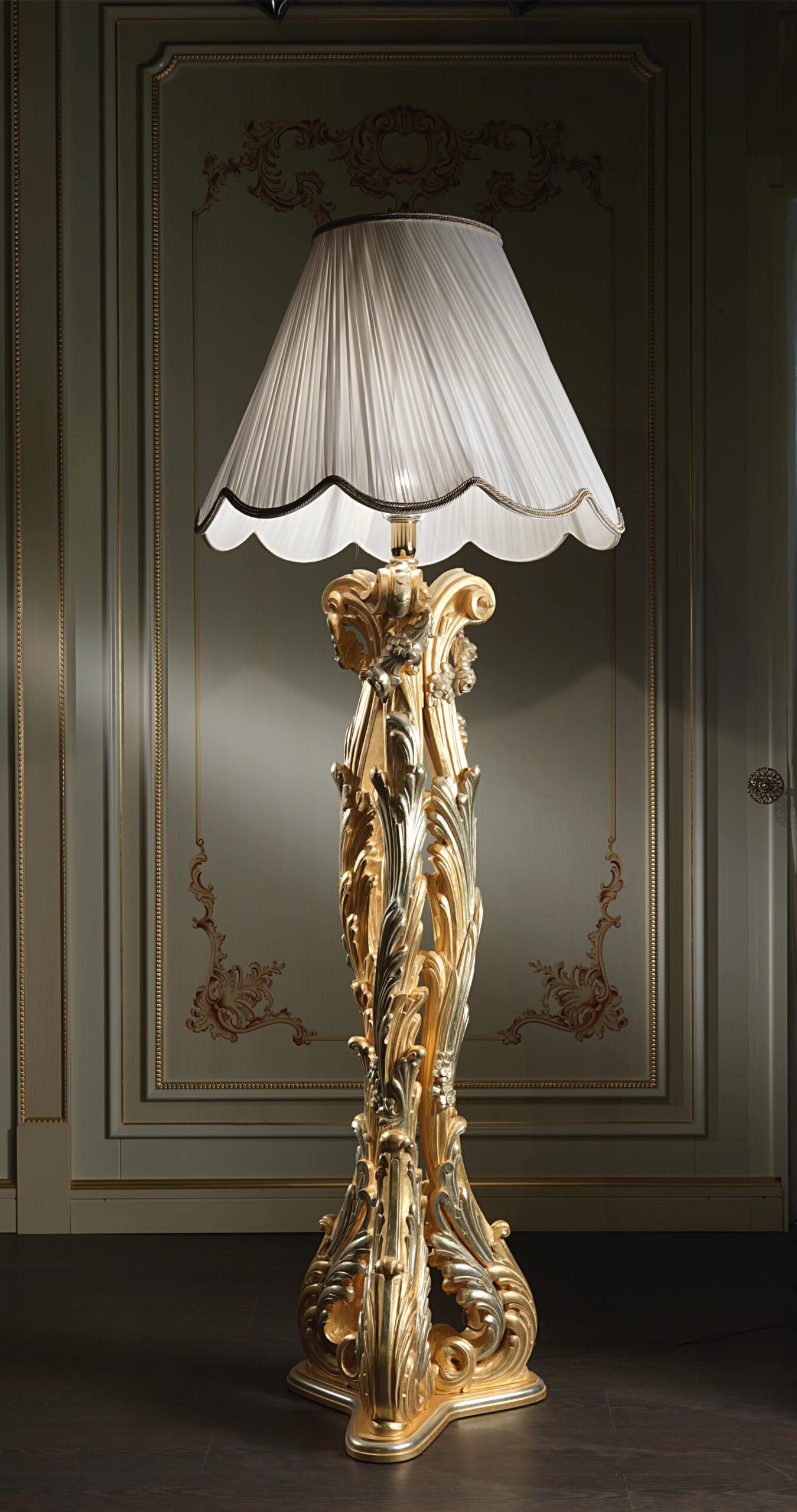
Baroque furniture emerged in the late 16th century and lasted until the mid-18th century, characterized by its opulence, intricate details, and elaborate decorations. Influenced by the art and architecture of the Baroque period, this style of furniture featured bold and dramatic designs, with ornate carvings, gilding, and richly colored upholstery. Baroque furniture was often crafted from luxurious materials such as walnut, ebony, and marble, showcasing the wealth and status of the owner. Common pieces of Baroque furniture included grandiose beds, elaborate dining tables, and intricately designed cabinets and chests. This style of furniture was popular among the nobility and aristocracy in Europe, particularly in countries such as France, Italy, and Spain. Today, Baroque furniture is highly sought after by collectors and interior designers for its timeless beauty and historical significance.
Baroque furniture is characterized by its ornate and intricate design elements, which were popular in Europe during the 17th and 18th centuries. The style is known for its exaggerated forms, rich materials, and decorative motifs that showcase craftsmanship and attention to detail. Baroque furniture often features curved lines, elaborate carvings, and ornamental flourishes that reflect the opulence and grandeur of the period.
One of the key features of Baroque furniture is its use of luxurious materials such as richly carved wood, gilded accents, and sumptuous fabrics. These materials were often expensive and were used to create furniture that reflected the wealth and status of the owner. Baroque furniture was also known for its elaborate decoration, with intricate carvings, inlaid marquetry, and ornate details that added depth and visual interest to each piece. The use of contrasting textures and colors further enhanced the overall aesthetic of Baroque furniture.
Another important aspect of Baroque furniture is its dramatic and theatrical appearance. The style was characterized by its use of bold shapes and exaggerated proportions, which created a sense of movement and excitement in the design. Baroque furniture was often designed to be visually striking and was meant to make a statement in its surroundings. The elaborate detailing and intricate craftsmanship of Baroque furniture were also meant to showcase the skill and talent of the artisans who created these pieces, making them highly sought after by collectors and connoisseurs today.
 Decoration Ideas
Decoration Ideas










